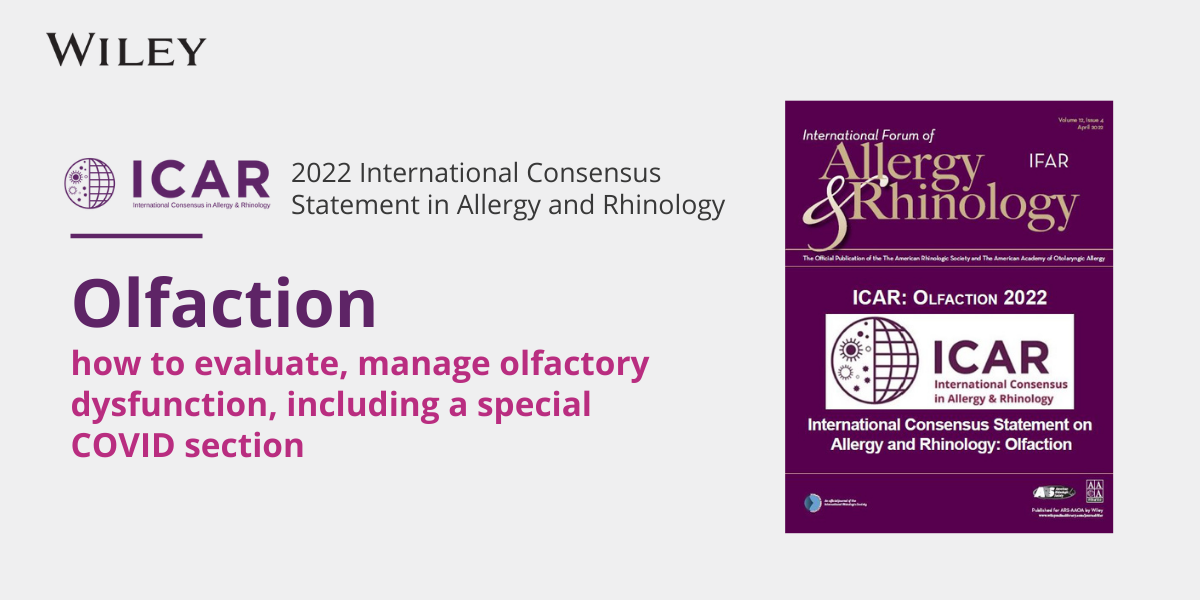On November 1, the Centers for Medicare & Medicaid Services (CMS) released the Medicare Physician Fee Schedule (MPFS) final rule for Calendar Year (CY) 2025 (CMS-1807-F). The rule updates payment policies and rates for Part B services furnished under the…
Congress Moves Closer to Close the Books on FY 2018 Appropriations
In a span of 4 days, Congress passed legislation to fund the government through March 23 and the President released his FY 2019 budget proposal. The release of the President’s budget request signals the official start of the FY 2019 appropriations cycle, but Congress now has until March 23 to finish the FY 2018 process.
The Bipartisan Budget Act of 2018 had three important pieces: it ended the government’s funding through March 23, raised the budget caps for FY 2018 and 2019, and addressed many important health provisions. Of note, the legislation included several technical corrections to the Medicare Access and CHIP Reauthorization Act (MACRA) that the American Medical Association (AMA) supported. The Quality Payment Program authorized by MACRA is beginning its second year, but there were several issues that the Centers for Medicare and Medicaid Services (CMS) could not address without statutory changes. Last week Congress took action and made the following changes to the program:
- Part B drug costs are now excluded from the calculation of Merit-Based Incentive Payment System (MIPS) bonuses and penalties. They had been excluded from the CMS quality programs that pre-dated MACRA.
- The MACRA statute required the cost performance category, one of the four MIPS performance categories, to be weighted at 30% of a provider’s score in year 3 of the program. However, cost measures are not ready for adoption for many specialties. The legislation provides that for years 2 through 5 of the program the cost performance category shall count for no less than 10% and no more than 30% of the MIPS score, providing CMS with additional flexibility in the implementation of the program.
- For years 1 and 2 of MACRA, CMS set the performance threshold, which determines if a physician will receive no adjustment, a bonus, or a penalty, relatively low. MACRA required that in year 3 the performance threshold be set at the mean or median of MIPS scores. This legislation provides CMS with more flexibility in setting the threshold, requiring only that the performance threshold increase from year 3 to year 5 of MIPS.
- MACRA authorized the Physician Focused Payment Model Technical Advisory Committee (PTAC) to review proposals for physician-focused alternative payment models and make recommendations on their implementation to CMS. This law expands PTAC’s scope, allowing the panel to provide initial feedback and an explanation for the feedback on models.
Also of note, the legislation repealed the Independent Payment Advisory Board (IPAB) that was originally authorized by the Affordable Care Act. The IPAB which was never empaneled was charged with making recommendations to reduce Medicare spending if growth hit a designated threshold. There was bipartisan opposition to IPAB because the board would have had the power to implement cuts to the Medicare program if Congress did not act.
Many provisions in the bill, like the funding extension for the Community Health Centers and the National Health Service Corps, included spending that had to be offset. To help defray these costs, Congress reduced the physician fee schedule conversion factor in 2019 from 0.5 to 0.25 percent. This replaced the extension of the misvalued code target, which had been included as an offset in the original House bill. The AMA estimated an extension of the misvalued code target would have reduced the conversion factor by 0.45 percent.
On February 12, President Trump released his proposed budget for Fiscal Year 2019 (FY19). While Congress will ultimately decide what funding levels programs receive through its annual appropriations process, the budget does highlight top-level priorities of the Administration. These priorities include funding to address the opioid epidemic, an emphasis on regulatory restructuring and reorganizing, and policies to address drug pricing.
The President recommended a $473 million increase for the Food and Drug Administration (FDA) with some of the funding targeted at speeding the generic drug approval process and combating the opioid epidemic. The budget proposal also includes $33.8 billion in funding to the National Institutes of Health (NIH), which is an increase of $747 million. But, since the NIH budget includes $750 million in new funding to address the opioids epidemic and $730 million associated with moving a handful of agencies from other HHS departments to the NIH, in reality, most Institutes and Centers within the NIH would face cuts.


 *The 2024 AAOA Annual Meeting is FREE to all AAOA members in good standing
*The 2024 AAOA Annual Meeting is FREE to all AAOA members in good standing


